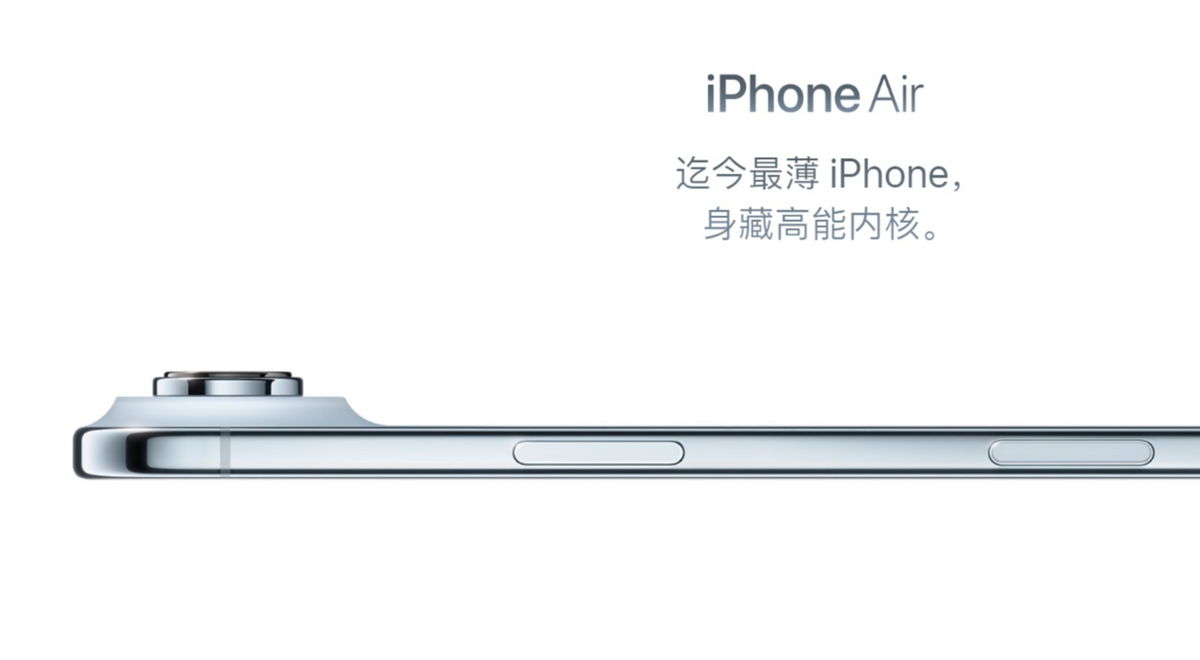Waiting for midnight or waiting for the weekend to arrive and getting your favorite sites and games cheaper: This was a reality for many who dared to use it. Internet wantedsomething that some may (or may not) remember fondly these days.
If you were part of this group, below we recall how this technology works and the reasons that led to its practically extinction, which led to faster and more functional models.
90s: emergence
When we talk about the ’90s, people quickly remember things like the Super Nintendo, Mega Drive, PlayStation, the emergence of “boy bands”, the late “beep” (messaging device), and of course, dial-up internet.
In the middle of that decade, this is how much content on the web was accessed. Generally speaking, you needed a phone, the cable to bridge the gap between the device and the computer, and a provider (free or paid) to plunge into this vast world. The first connections were made for exchanging files at universities, but it didn’t take long for it to reach other uses.
By the standards of the time, this was already surprising, even with that noise that can wake the entire house after midnight (check how the link sounds below). With dial-up internet it was possible to achieve an “amazing” 56.6 kbps with some luck (usually ranging to less), which made the task of downloading a file more cumbersome – we’re talking 10 or 20 MB here, for example — time consuming and sometimes something that requires leaving the computer on all night.
In addition to a disconnected connection from time to time, dial-up internet also took the phone line. If you used the service between 06:01 and 23:59 weekdays, you will be charged for one phone call every three minutes. Therefore, many companies began charging only one pulse when connecting from midnight to 6 am from Monday to Friday, and after 2 pm on Saturday – Sunday was all day.
The collapse of the dial-up internet
When other models began to appear, users were certainly accustomed to dial-up internet. Initially, some carriers offered paid monthly plans for a model that didn’t occupy phone lines (but didn’t offer very fast speeds), but the 2000s changed that scenario.
At the turn of the 21st century, several companies have started offering broadband plans that allow even faster speeds for browsing, downloading and uploading files while keeping the phone busy. As a result, gradually people stopped using the “noisy internet” and started to adopt this new model.
However, even on faster connection models, dial-up internet still exists in Brazil. A sample from IBGE’s Continuous National Household Sample Survey showed that 0.2% of Brazilian households were still connected in this way in 2018.
In most cases, this is because users are in more rural or remote areas, making it harder for broadband to reach those places. However, with more and more people adopting 3G and 4G, as well as the advent of 5G, it’s only a matter of time before it becomes just a memory in history and our memories.
Source: Tec Mundo










